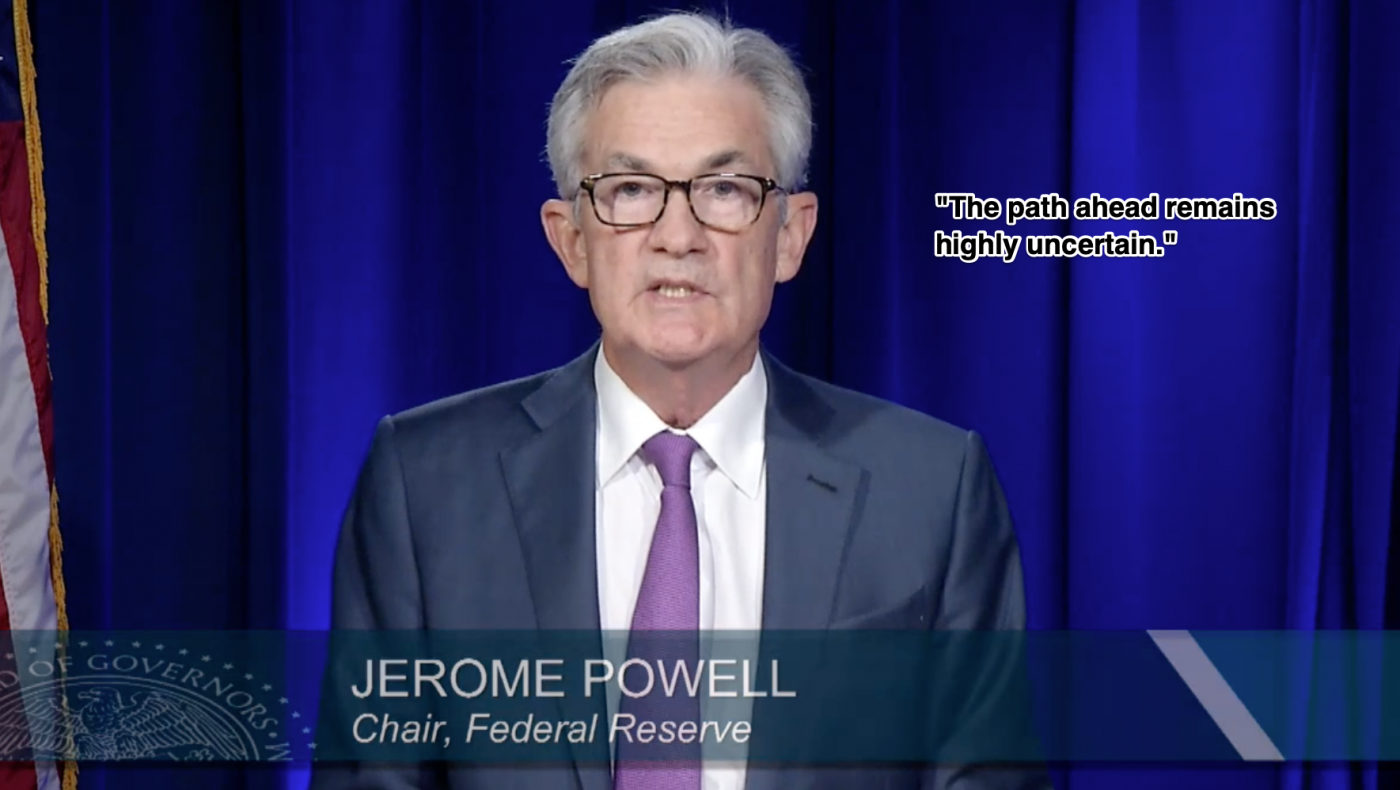
What You Need to Know:
- Bitcoin (BTC) and S&P 500 futures dipped by over 5% on Monday, with the latter experiencing its worst three-day performance ever, totaling nearly 15% in losses.
- The credit market anticipates up to five rate cuts in 2025, indicating a significant shift in expectations regarding the Federal Reserve’s policy.
Financial markets are currently facing a downturn, prompting heightened expectations that the Federal Reserve will intervene with support measures. Bitcoin (BTC), which leads the cryptocurrency space by market cap, saw an 8% drop, trading around $75,800, while U.S. stocks are on track for one of their most significant declines, with S&P 500 futures down approximately 5% on Monday alone and nearing 15% losses in total.
The Federal Reserve traditionally responds to financial crises with rate cuts and other stimulatory measures. As traders grow accustomed to such liquidity supports, they are betting on a similar response this time around. According to the CME FedWatch Tool, the federal funds market is now pricing in as many as five rate reductions by 2025. For the upcoming May 7 meeting, there is a 61% probability of a 25 basis point cut, potentially lowering the target range to 4.25%–4.50%. By year-end, forecasts suggest that the fed funds rate may decline to as low as 3.00%–3.25%.
This ‘risk-off’ sentiment, combined with fears about economic growth and expectations of Fed rate cuts, is benefiting the Trump administration by causing Treasury yields to plunge. The crucial 10-year yield for the U.S. economy has decreased to 3.923%. The prevailing narrative suggests that reduced yields will facilitate the refinancing of trillions of dollars in debt over the next year, possibly making the administration more accepting of declining asset markets.
This urgency to refinance stems from a policy change under former Treasury Secretary Janet Yellen, who shifted from long-term bonds to short-term Treasury bills. Since 2023, around two-thirds of the deficit has been financed via bill issuance—short-term debt with rates around 5%. Although this strategy has temporarily bolstered liquidity, it has also created pressure from expensive short-term debt that now requires refinancing.





